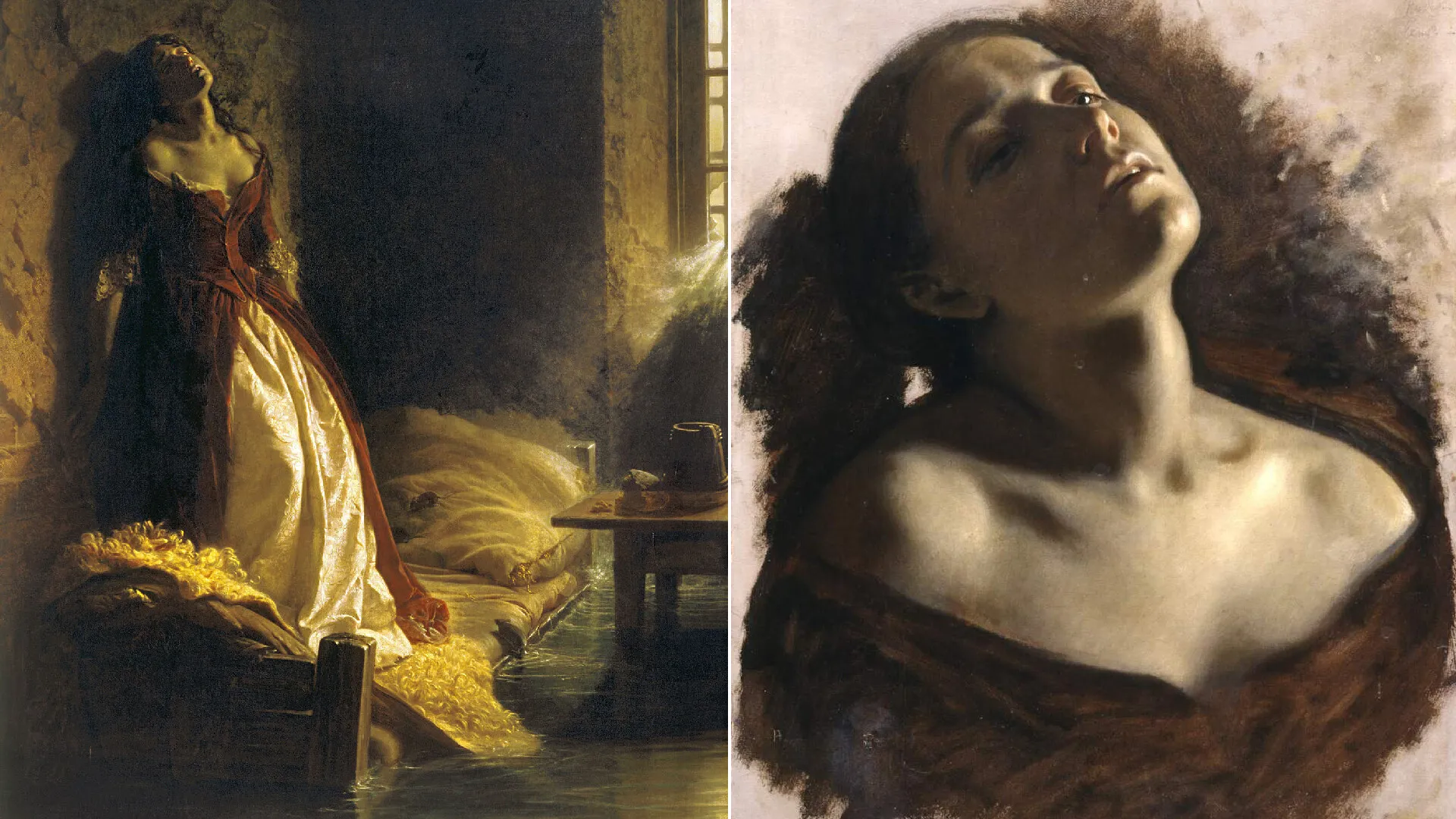Princess Tarakanova, also known as Elizaveta Alexeievna Tarakanova, remains one of the most enigmatic figures in Russian history. Her story is shrouded in mystery, intrigue, and tragedy, captivating historians and artists alike. Claiming to be the daughter of Empress Elizabeth of Russia and Count Alexei Razumovsky, she presented herself as a legitimate contender to the Russian throne. However, her claims were met with skepticism and led to her tragic downfall.
The tale of Princess Tarakanova began in the mid-18th century when she appeared in various European courts, claiming her royal lineage. She gained the support of several influential figures, including the Polish nobility, who saw her as a potential pawn in their political games against Russia. Her charisma and convincing demeanor helped her gather followers, but her lack of concrete evidence and the mysterious circumstances of her origin led many to doubt her legitimacy.
In 1774, her fate took a turn for the worse. Grigory Orlov, a favorite of Catherine the Great, lured her to Livorno, Italy, under the pretense of offering support. There, she was arrested and transported to Russia. Imprisoned in the Peter and Paul Fortress in St. Petersburg, she faced harsh conditions. Despite her pleas and protestations, Catherine the Great saw her as a threat to her rule and ordered her confinement. Princess Tarakanova’s life ended in obscurity, with many accounts suggesting she died of tuberculosis in 1775, although the exact details of her demise remain unclear.
The Artwork: “Princess Tarakanova” by Konstantin Dmitrievich Flavitsky
The tragic story of Princess Tarakanova has been immortalized in art, most notably in the painting by Konstantin Dmitrievich Flavitsky. Created in 1864, “Princess Tarakanova” captures the poignant moment of her final days. Flavitsky, a prominent Russian artist of the 19th century, was known for his historical paintings, and this work is considered one of his masterpieces.
Flavitsky’s painting depicts Princess Tarakanova in her prison cell during the catastrophic flood that struck St. Petersburg in 1777. The artist took some liberties with historical accuracy, as there is no evidence that the princess experienced the flood while imprisoned. Nevertheless, the dramatic scene serves as a powerful symbol of her isolation and impending doom. The composition draws the viewer’s eye to the despairing figure of the princess, who is seen standing on her bed, trying to escape the rising waters.
The use of light and shadow in the painting is particularly striking. Flavitsky employs a stark contrast between the dark, oppressive surroundings of the prison cell and the light that illuminates the princess’s figure. This not only highlights her as the focal point of the composition but also evokes a sense of her vulnerability and the bleakness of her situation. Her expression, a mixture of fear, resignation, and defiance, captures the complexity of her character and the gravity of her predicament.
Flavitsky’s portrayal of Princess Tarakanova has left a lasting impact on the perception of her story. The painting conveys the emotional depth of her plight, transforming her from a historical figure into a tragic heroine. By choosing to depict a moment of profound crisis, Flavitsky emphasizes the human aspect of her narrative, allowing viewers to empathize with her suffering and the harsh realities she faced. The artwork continues to be celebrated for its emotional intensity and its ability to evoke a strong response from those who view it.
Also Read: 13 Celebrities with Gynecomastia – Their Inspiring Stories and Treatment Options
Legacy and Historical Debate
The legacy of Princess Tarakanova is a subject of ongoing debate among historians. While some argue that she was a mere impostor, others believe there might be some truth to her claims. Her story highlights the complexities of succession and legitimacy in the Russian imperial court, where pretenders and conspiracies were not uncommon. The lack of concrete evidence and the reliance on contemporary accounts, often colored by political biases, make it difficult to ascertain the full truth about her identity and her life.
In popular culture, Princess Tarakanova’s story has been romanticized and retold in various forms, including literature, theater, and film. Each retelling adds a new layer of interpretation, further blurring the lines between fact and fiction. Her story resonates with themes of ambition, betrayal, and the human struggle against overwhelming odds, ensuring its enduring appeal.
Ultimately, Princess Tarakanova remains a symbol of the perils faced by those who challenge the status quo. Her tale serves as a poignant reminder of the fragility of power and the human cost of political machinations. Through the lens of history and art, her story continues to captivate and inspire, inviting ongoing exploration and reflection.




